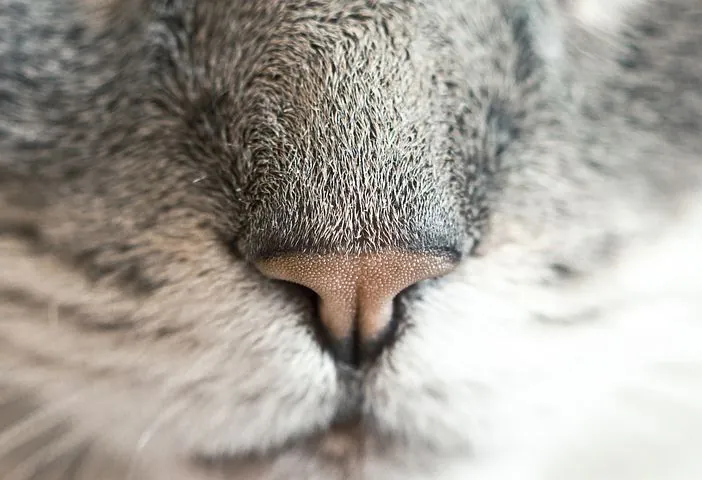Robotics
Researchers Develop New Theory on Animal Sensing Which Could be Used in Robotics

All animals, from insects to humans, rely on their senses as some of the most important tools for survival. Sensory organs like eyes, ears and noses are used while searching for food or detecting threats. However, the actual position and orientation of the sense organs are not intuitive, and the currently deployed theories are not able to make predictions about the position and orientation.
That is now changing with new developments coming out of Northwestern University. A team of researchers has come up with a new theory that is in fact able to predict the movement of an animal’s sensory organs, specifically when that animal is searching for something important like food.
The research was published Sept. 22 in the journal eLife.
Energy-Constrained Proportional Betting
The newly developed theory, termed energy-constrained proportional betting, was applied to four different species of animals, and it involved three different senses, including vision and smell. The team demonstrated how the theory could predict the observed sensing behavior of each animal.
This new theory could have implications within the field of robotics, possibly improving robot performance when it comes to collecting information. It could also make a difference in the development of autonomous vehicles, specifically improving their response to uncertainty.
Malcolm A. Maclver led the promising research. He is also a professor of biomedical and mechanical engineering in Northwestern’s McCormick School of Engineering, as well as a professor of neurobiology in the Weinberg College of Arts and Sciences.
“Animals make their living through movement,” Maclver said. “To find food and mates and to identify threats, they need to move. Our theory provides insight into how animals gamble on how much energy to expend to get the useful information they need.”
The new theory sheds light into the different motions of sensory organs, and the resulting algorithm generated simulated sensory organ movements. These generated movements agreed with the real-life sensory organ movements from fish, mammals and insects.
Chen Chen is a Ph.D student in Maclver’s lab and the first author, while Todd D. Murphey, professor of mechanical engineering at McCormick, is a co-author.
Gambling Energy
Movement costs a lot of energy for animals, and they spend that energy while gambling that the locations they are moving to will be informative. The amount of food-derived energy that they are willing to spend is proportional to the expected value of those locations, according to the researchers.
“While most theories predict how an animal will behave when it largely already knows where something is, ours is a prediction for when the animal knowns very little — a situation in life and critical to survival,” Murphey says.
The research focused on the gymnotid electric fish from South America, and experiments were performed in Maclver’s lab. It was not all new data however, as the team utilized past published datasets on the blind eastern American mole, the American cockroach and the hummingbird hawkmoth.
The three senses that were focused on include electrosense with the electric fish, vision with the moth and smell with the mole and roach.
The newly-developed theory leads to more energy and time being preserved when moving around to gather information. At the same time, there is enough information to guide tracking and other exploratory behaviors common among animals.
“When you look at a cat’s ears, you’ll often see them swiveling to sample different locations of space,” Maclver said. “This is an example of how animals are constantly positioning their sensory organs to help them absorb information from the environment. It turns out there is a lot going on below the surface in the movement of sense organs like ears and eyes and noses.”














